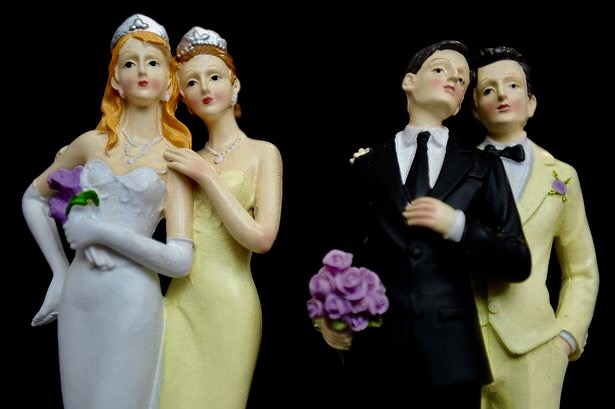
Hinks v Gallardo 20114 ONCA 494 held that a British same sex partnership was a valid spousal marriage in Ontario and presumably also in British Columbia.
A Canadian and a British citizen entered into a civil partnership under the Civil Partnership Act (UK) which created a parallel regime to marriage that provided same sex couples with the same legal financial and practical benefits and burdens as married spouses in England.
When the parties moved back to Ontario and sought a divorce the court was asked to determine if the civil partnership created spouses as defined by the Divorce act of Canada and both the trial and appeal court held that it did.
The court held that the terms spouses and marriage was consistent with modern approach to statutory interpretation and that one of the fundamental purposes of the Divorce act was to provide parties with equitable and certain process for resolving economic issues arising our of breakdown of the relationship.
This interpretation was consistent with the values set out in the Canadian Charter of Rights and Freedoms.
The motion judge first considered the very different constitutional and legislative frameworks in Canada and the U.K. regarding marriage. She stated, at paras. 27-30 and 36:
The issue of whether the former common law definition of marriage as “the voluntary union for life of one man and one woman, to the exclusion of all others” was discriminatory against same-sex couples came before the Ontario Court of Appeal in Halpern v. Canada (Attorney General) (2003), 65 O.R. (3d) 161. There, the court expressly held that “separate but equal” partnership legislation that fell short of marriage was contrary to Canada’s public policy, was discriminatory and violated the equality guarantees of our Charter.
The court in Halpern specifically found that same-sex couples were excluded from the fundamental societal institution called marriage, saying:
Based on the foregoing analysis, it is our view that the dignity of persons, in same-sex relationships is violated by the exclusion of same-sex couples from the institution of marriage. Accordingly, we conclude that the common-law definition of marriage as “the voluntary union for life of one man and one woman to the exclusion of all others” violates s. 15(1) of the Charter.
As a result, the court struck down the former definition of marriage and reformulated it as “the voluntary union for life of two persons to the exclusion of all others”. This new definition of marriage has effectively been codified in the Civil Marriage Act, which also codifies in the Preamble the policy statements the courts have enunciated in Halpern and elsewhere.
To the contrary, the United Kingdom has followed a different policy path. There, a civil partnership is the only method by which gay people can change their legal status from single to something different. They are not permitted to marry; instead, the U.K. has developed a parallel but equal system exclusively for the gay community. In the U.K., a civil partnership and a marriage are legally equal. They are considered substantively equal. This was confirmed by the High Court of Justice, Family Division in the U.K. in Wilkinson v. Kitzinger




